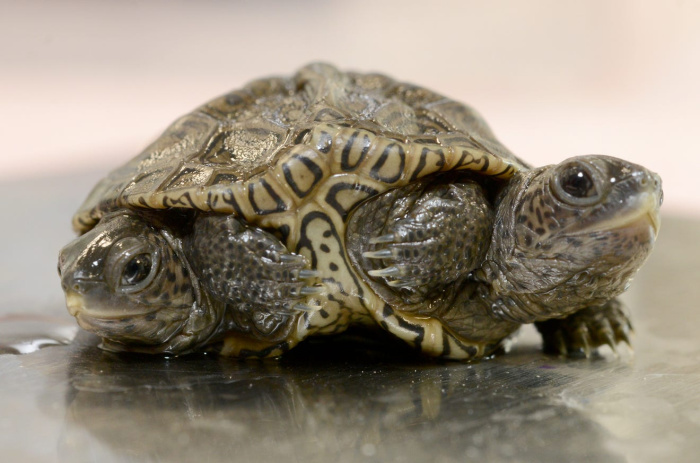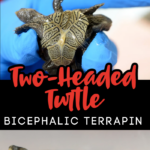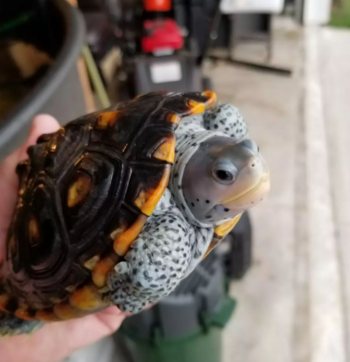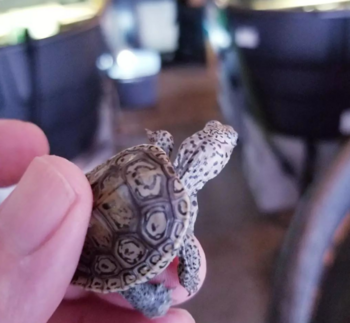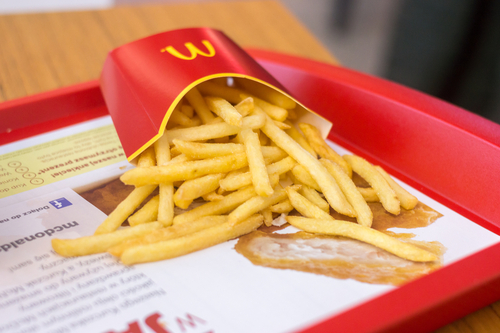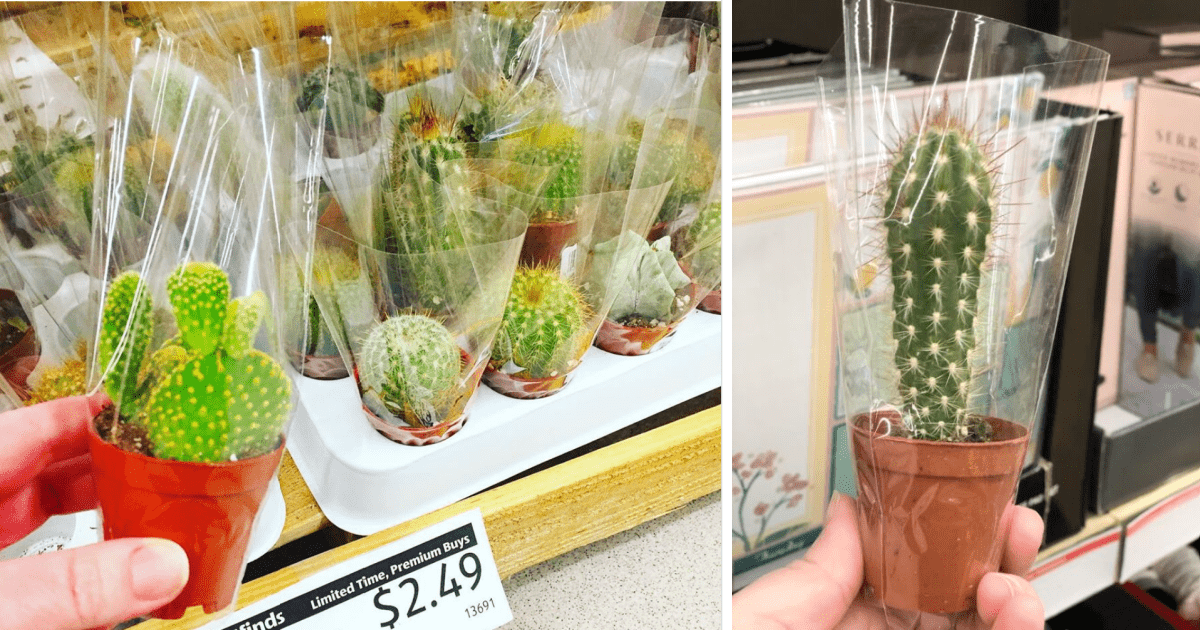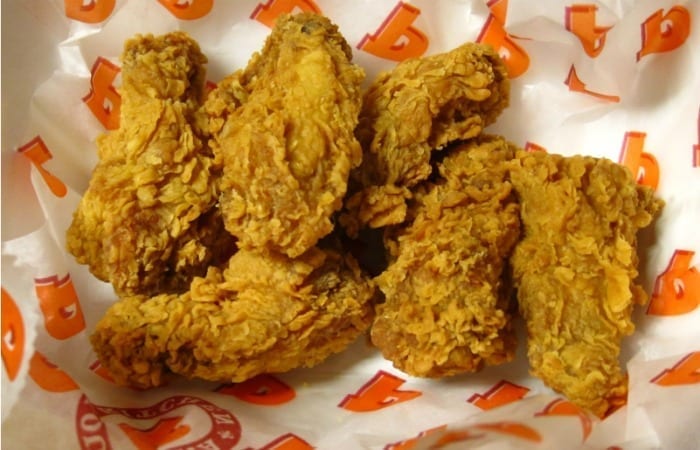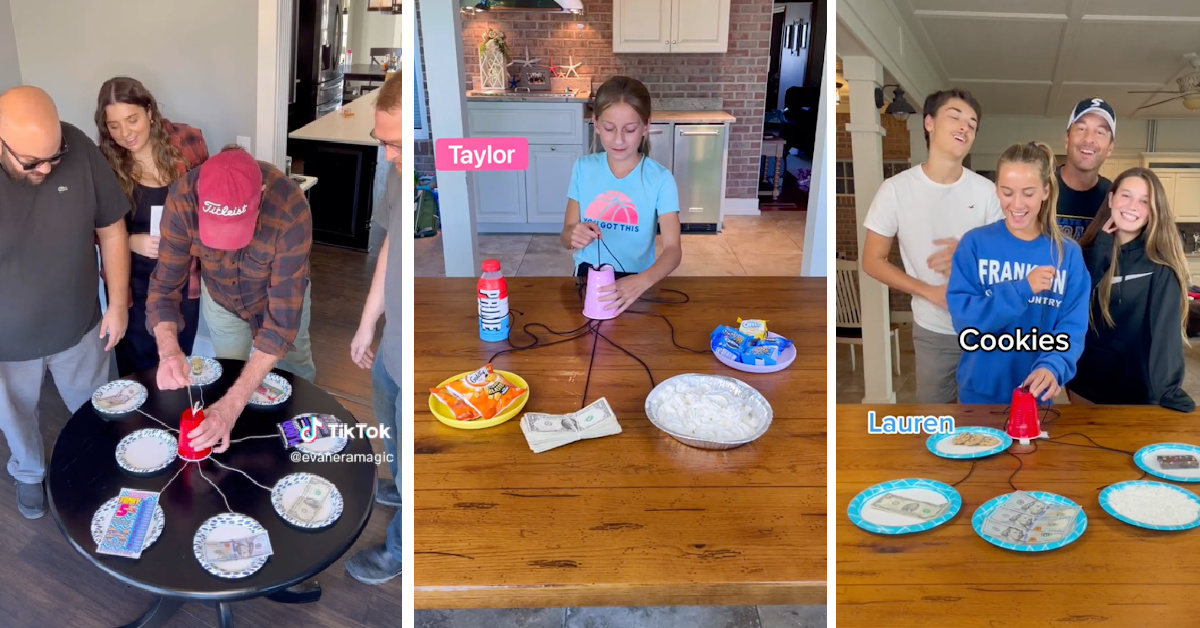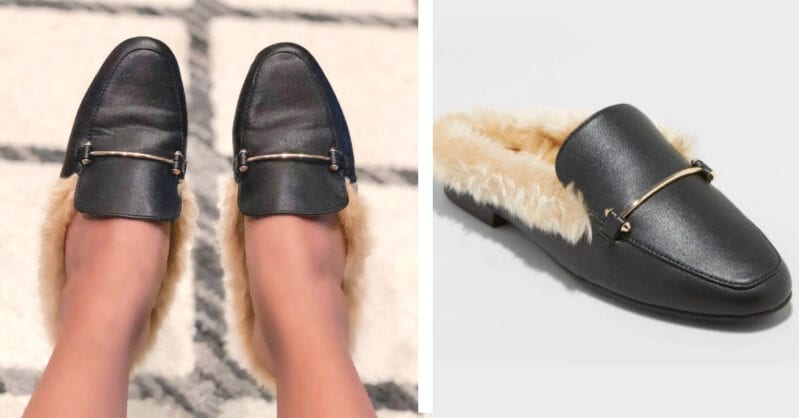A Two-Headed Baby Turtle Was Born In Massachusetts And It Is So Cute
Natural anomalies are pretty dang cool, but this just might be the cutest hiccup of nature ever.
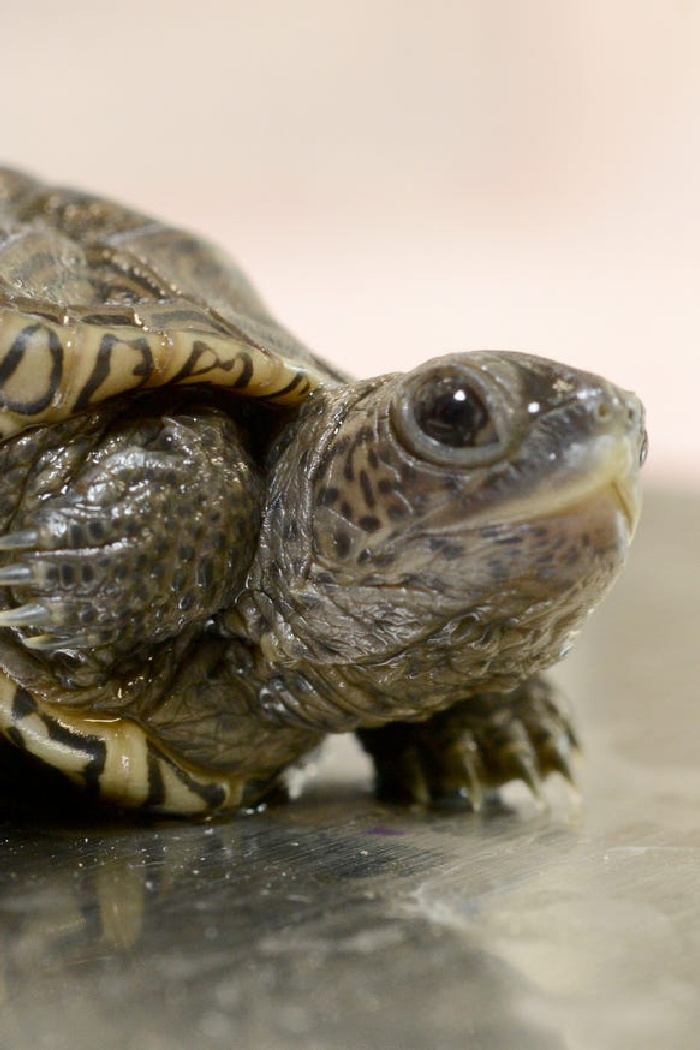
When you just glance at this little dude, you see two different turtles hanging out. But, in actuality, it is a single shell with two heads that work independently from each other, 6 legs, and 6 adorable little clawed feet.
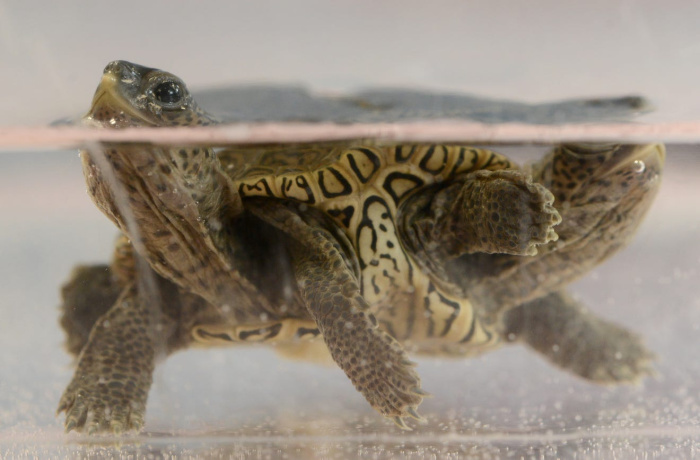
It is a bicephalic (2-headed) diamondback terrapin, and he is being held at the Birdsey Cape Wildlife Center, in Cape Cod, Massachusetts. Terrapins are a threatened species in Massachusetts, so he is being cared for and watched closely.
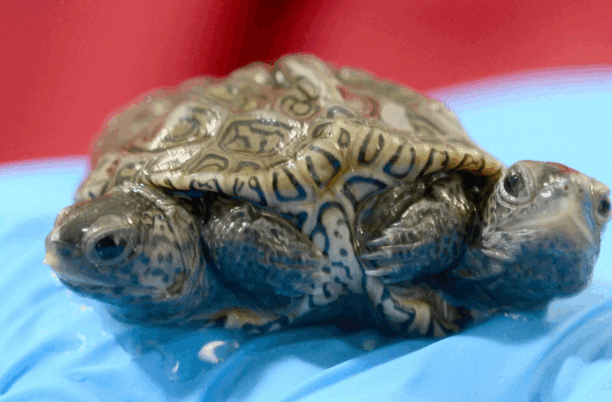
The turtle(s) came from a “head start” program just a little ways down the road at Sandy Neck in West Barnstable, Massachusetts.
A “head start” program is designed to save the diamondback terrapin. In this program, when a turtle nest is found in a dangerous area, it is moved for the safety of the turtles, so they can hatch later in the season — to give them a better chance at survival.
When the eggs successfully hatch, they are sent out to a center which cares for the little turtles over the winter. The terrapins are released when the weather gets nicer — sometime in late spring.
Head starting terrapin hatchlings is a drastic conservation measure and should only be considered when populations are in decline.
Project Terrapin
As for THIS bicephalic little guy, he has been given a barium swallow study (that’s where you swallow this disgusting heavy goop, and they watch it travel through your gastrointestinal system via x-ray). It shows that this terrapin does indeed have TWO working gastrointestinal systems.
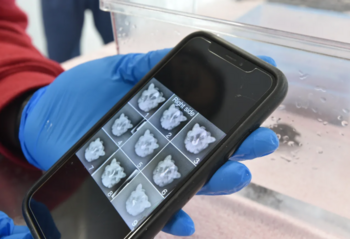
How does that even work?!? What about the terrapin heads? Are they individually unique or jointly controlled?
The heads work independently for coming to the surface to breathe. Staff at the center says it is feeding well, primarily on blood worms and food pellets.
USA Today
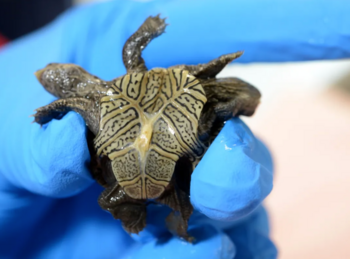
So it’s two little terrapins living inside one tiny little shell, and they are ADORABLE!!!
The tiny turtles will remain at Birdsey Cape Wildlife Center until they are 4 weeks old. At that time, they will run more tests on the bicephalic terrapin to try and learn more about its circulatory system.
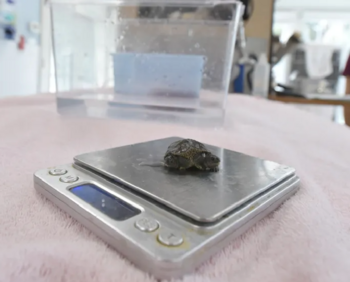
I certainly hope they update us on the development of this tiny terrapin duo. I am now invested!!
